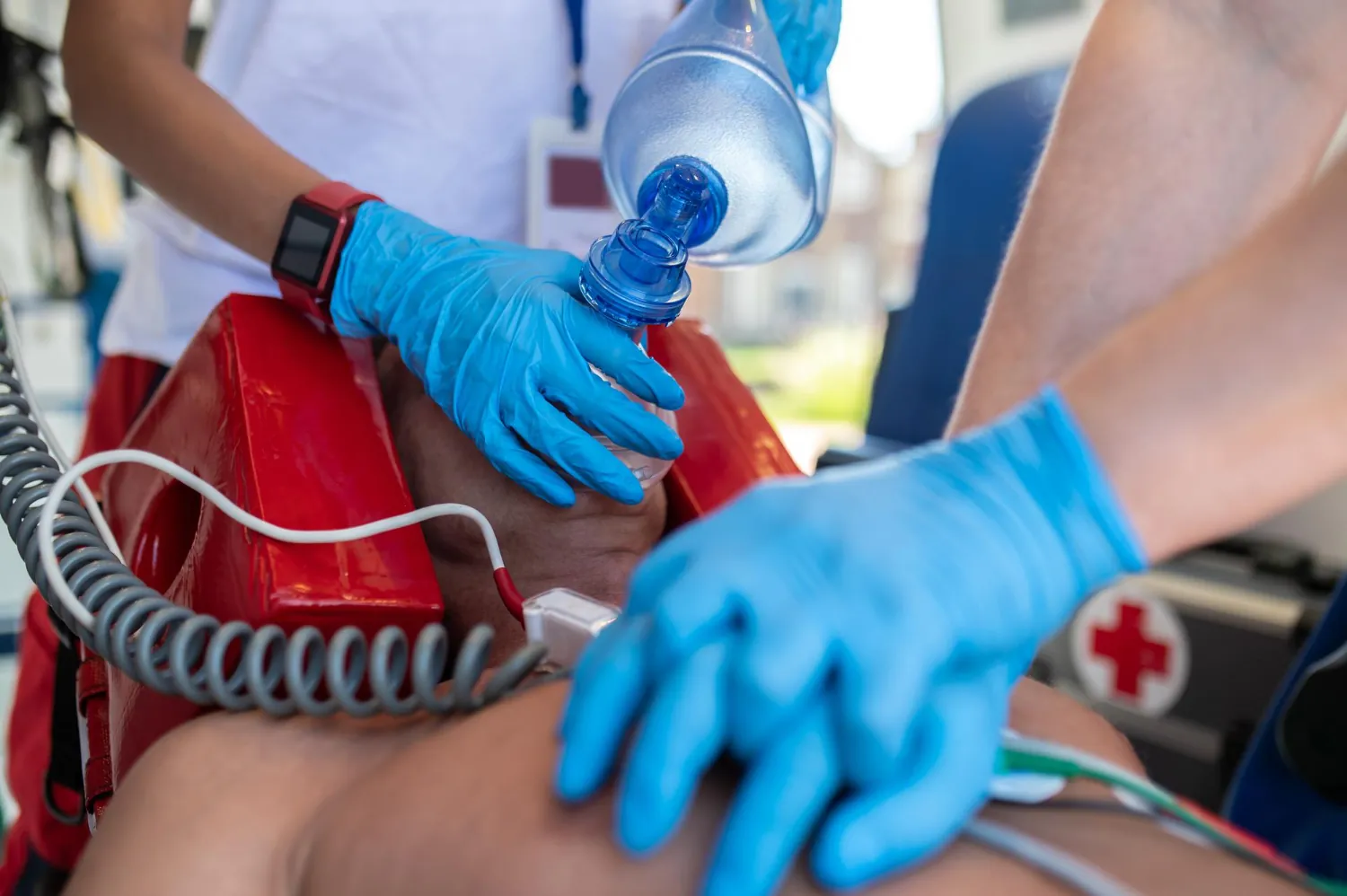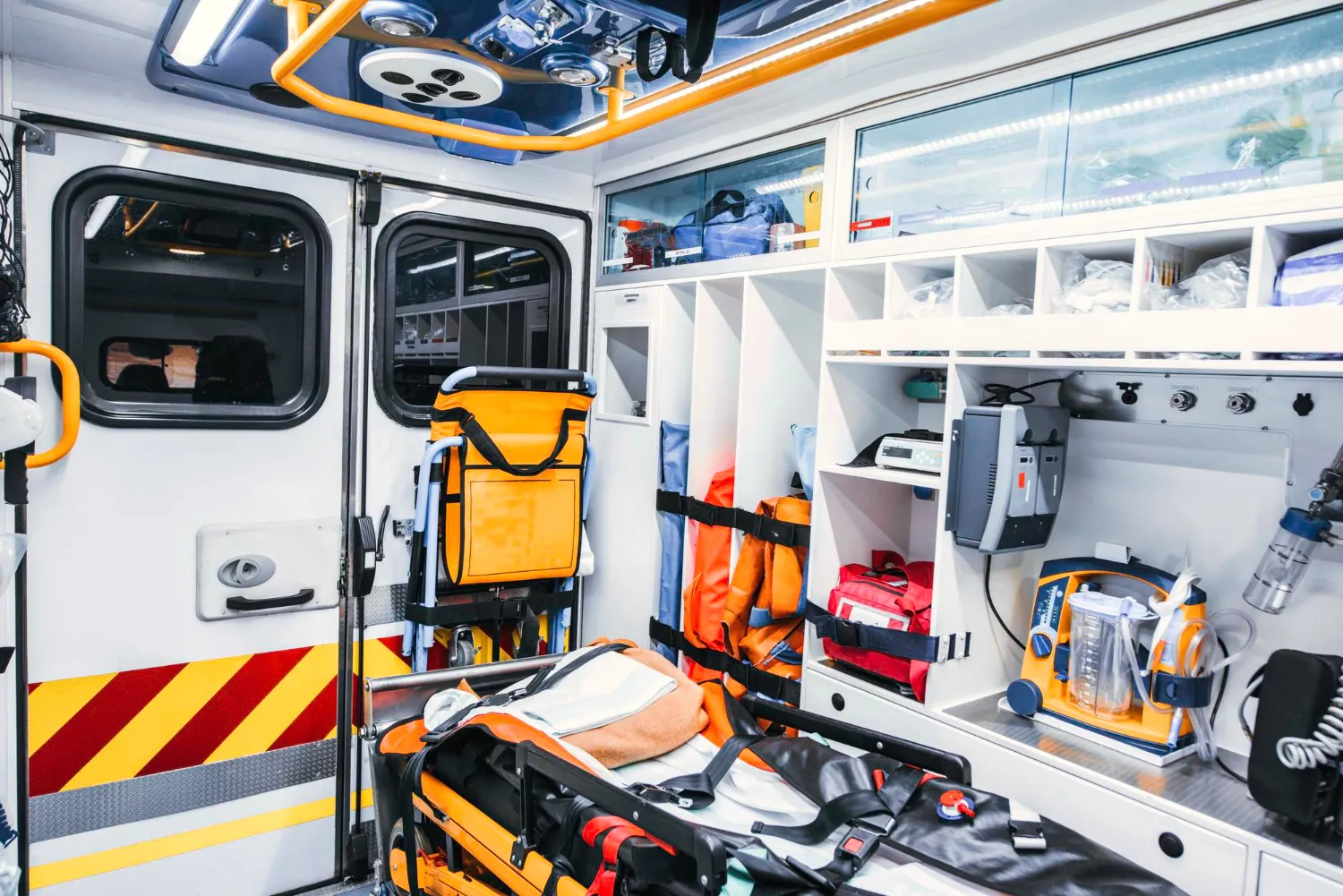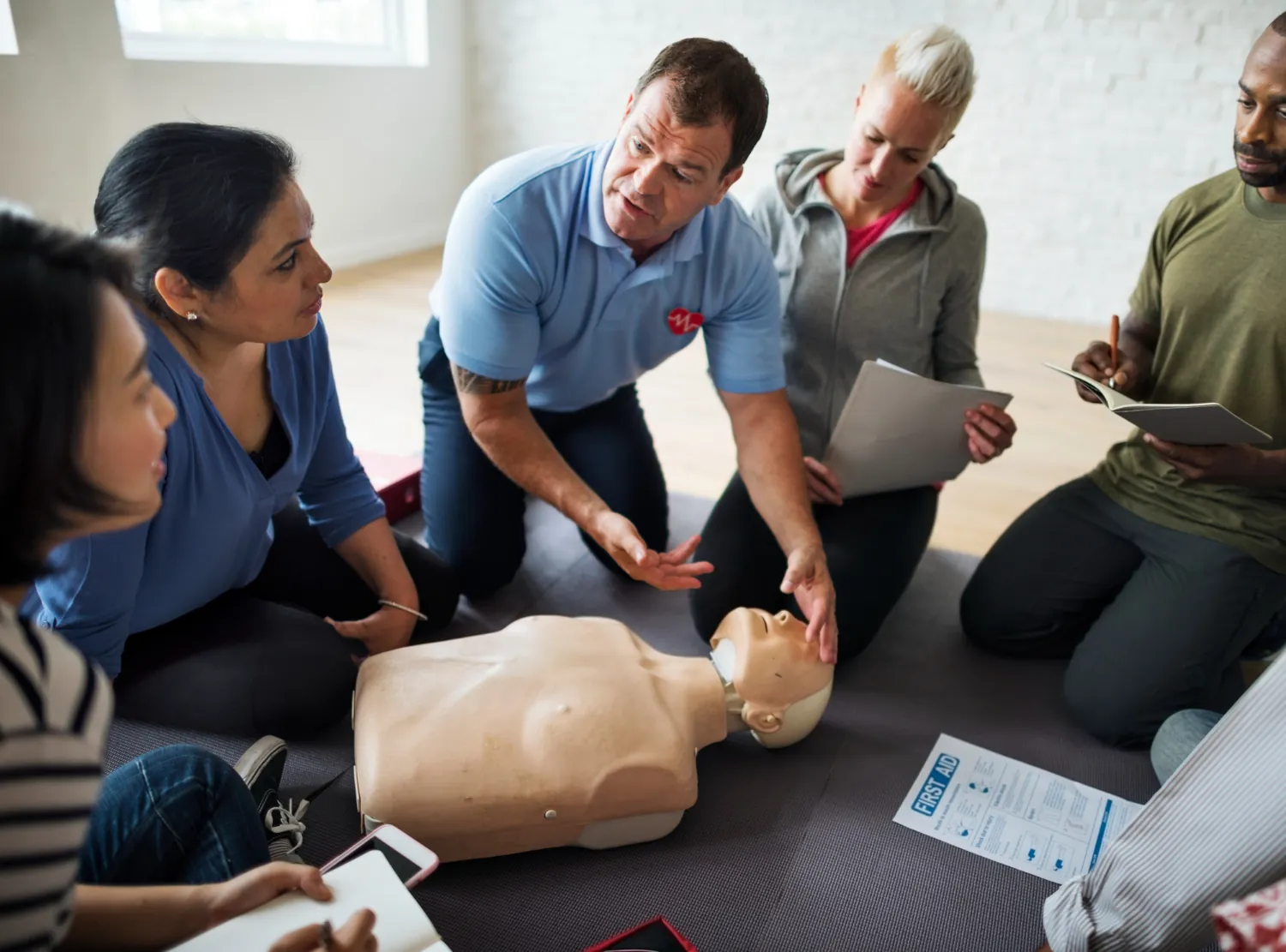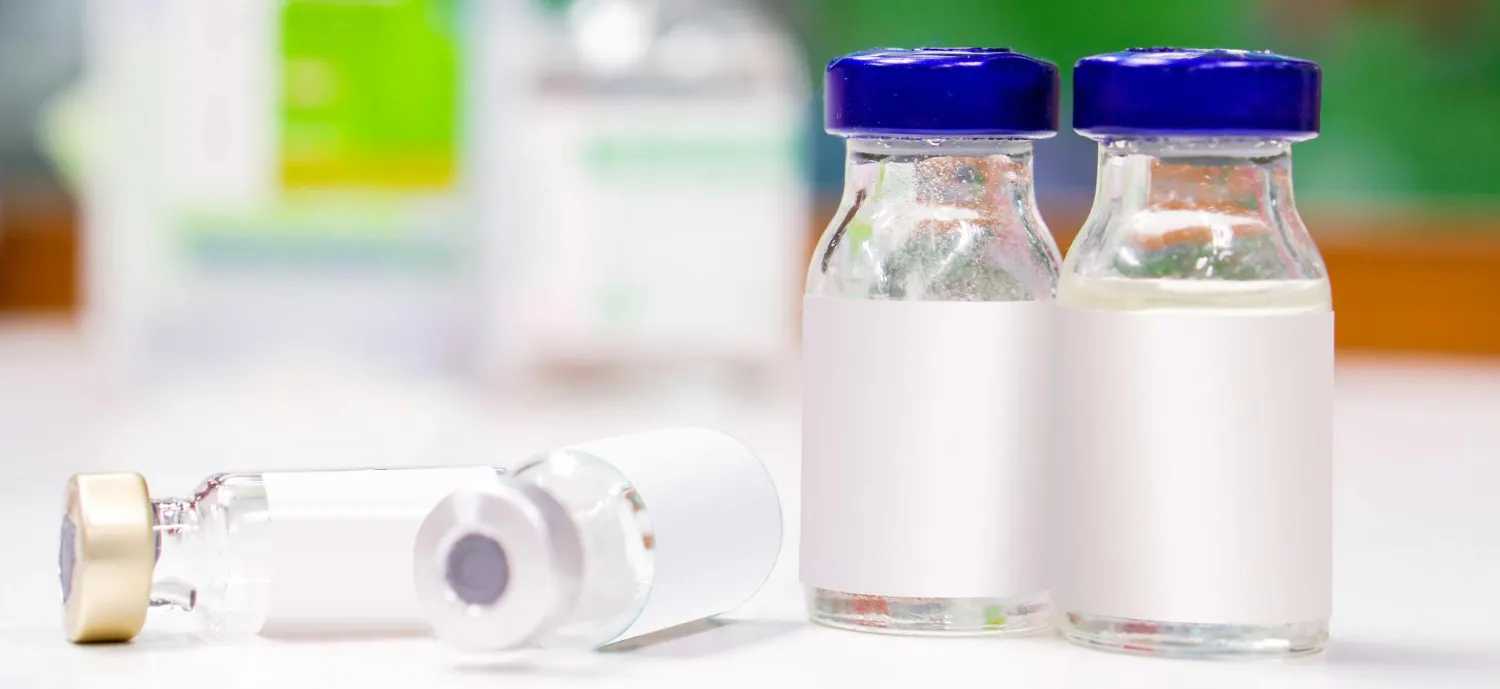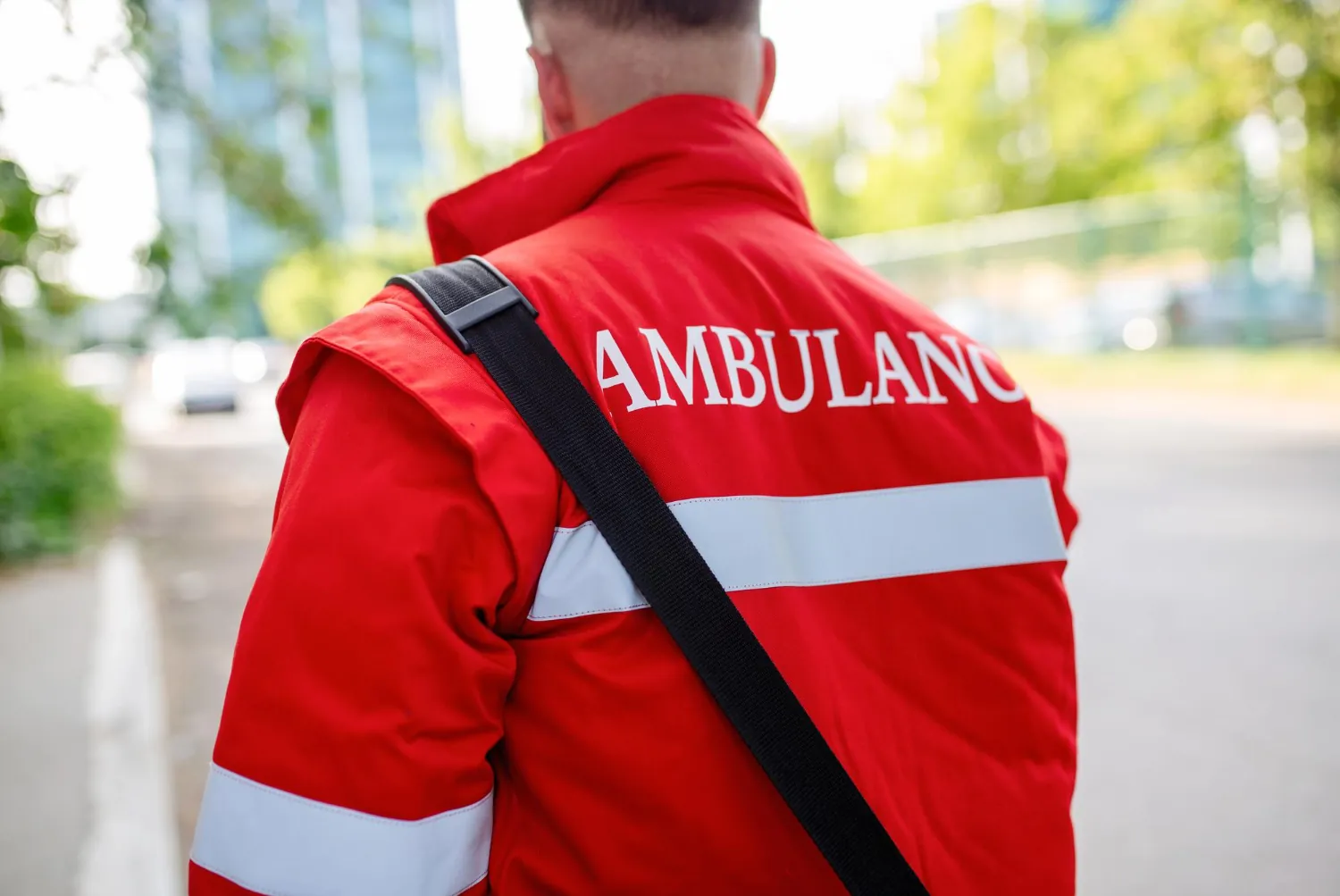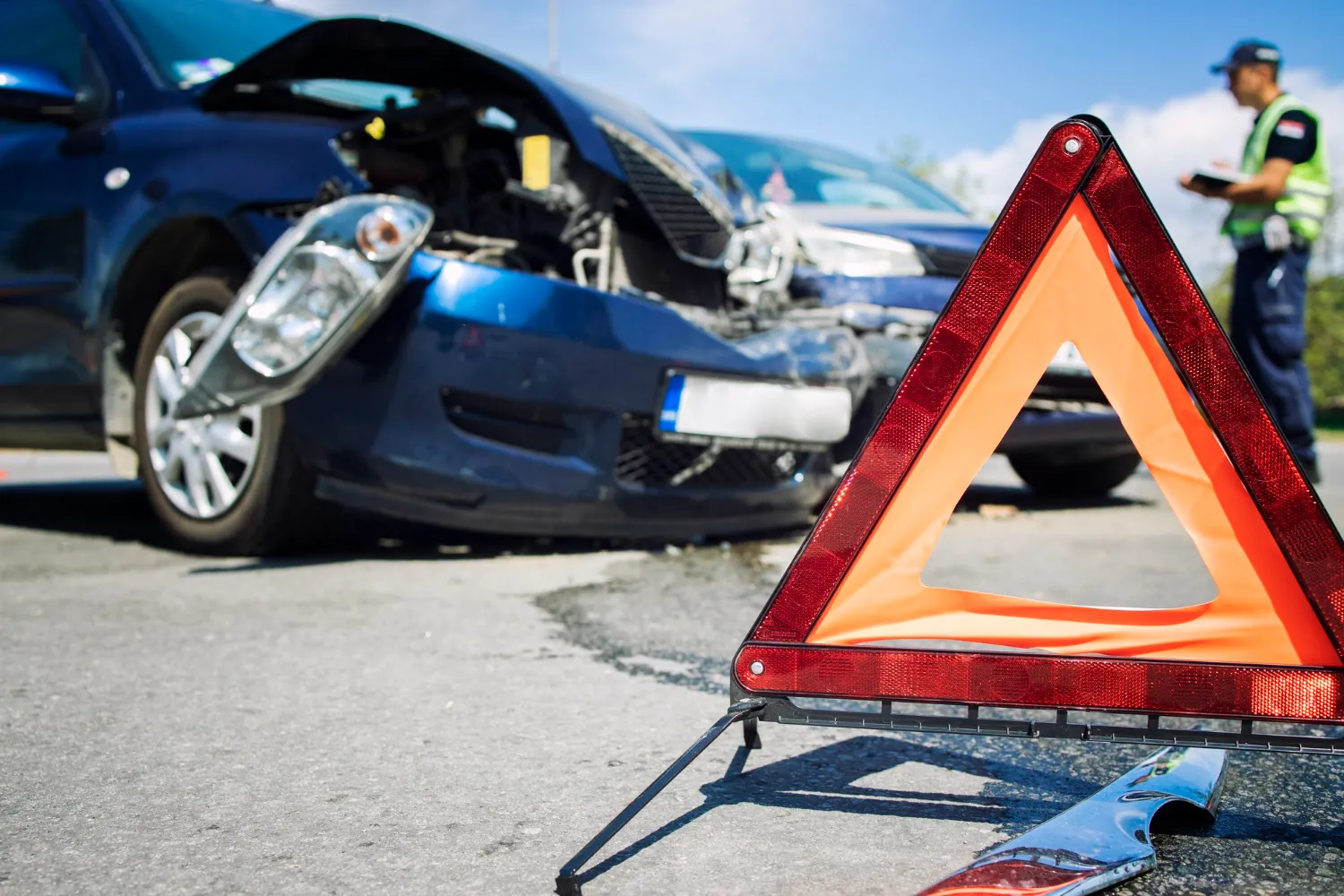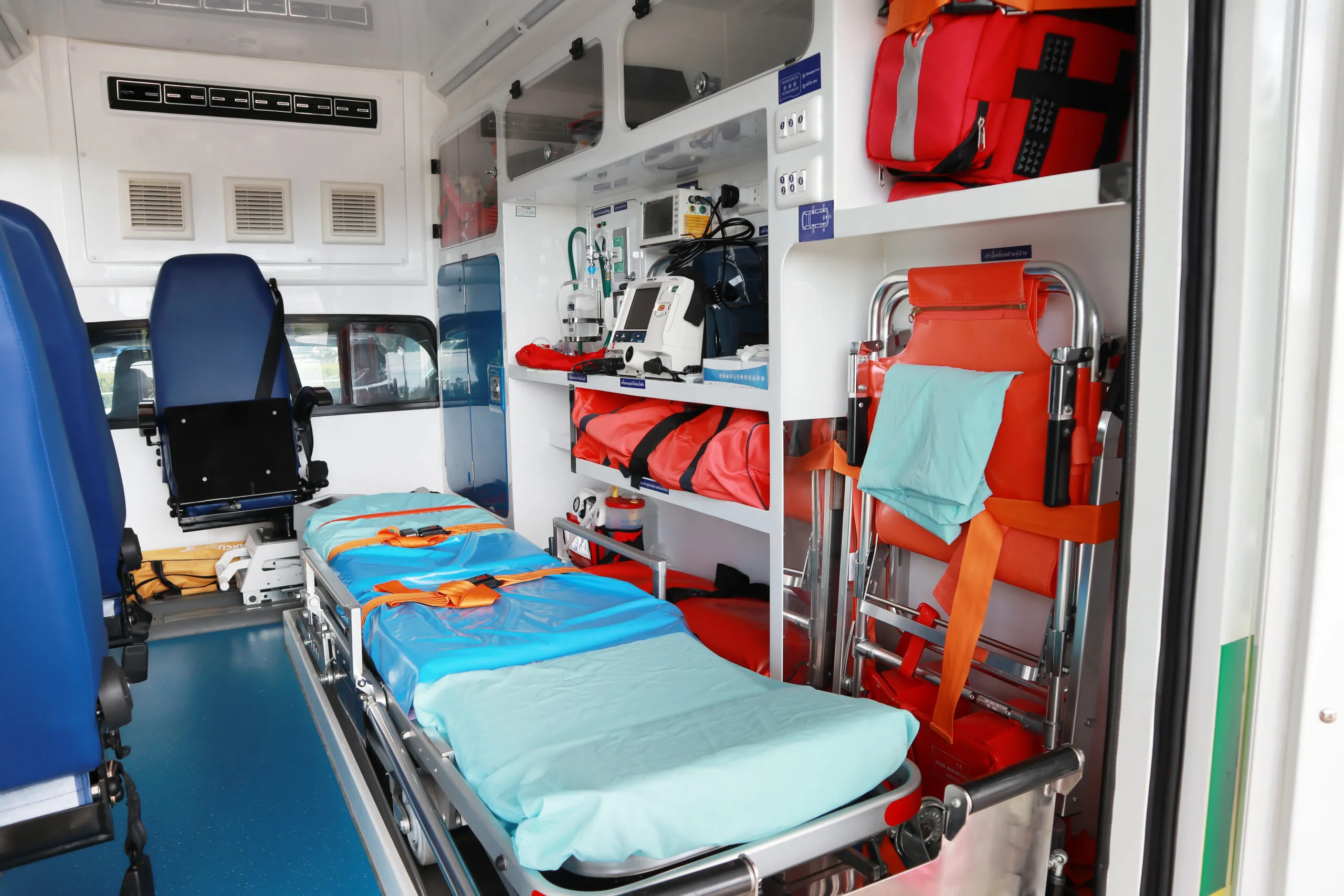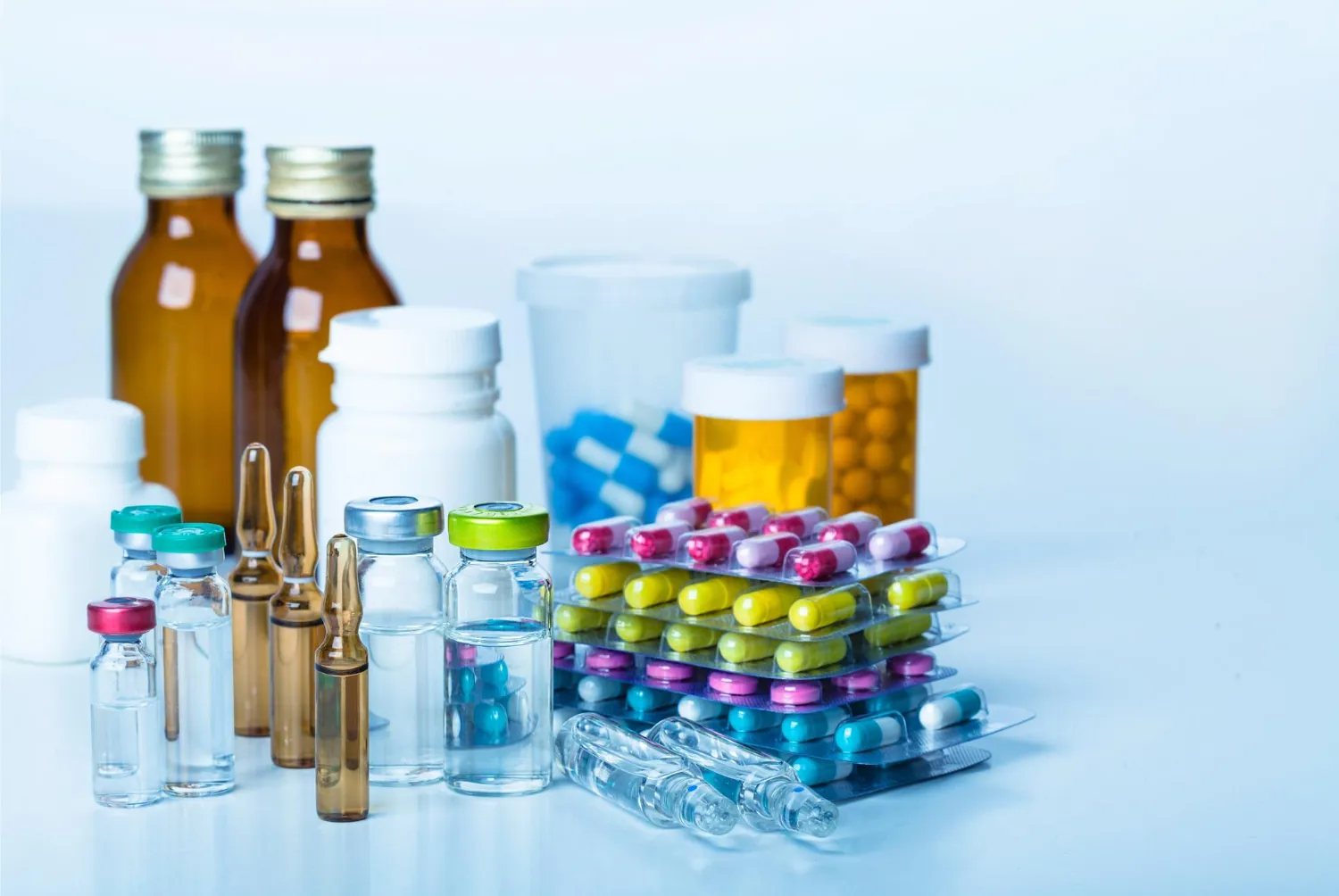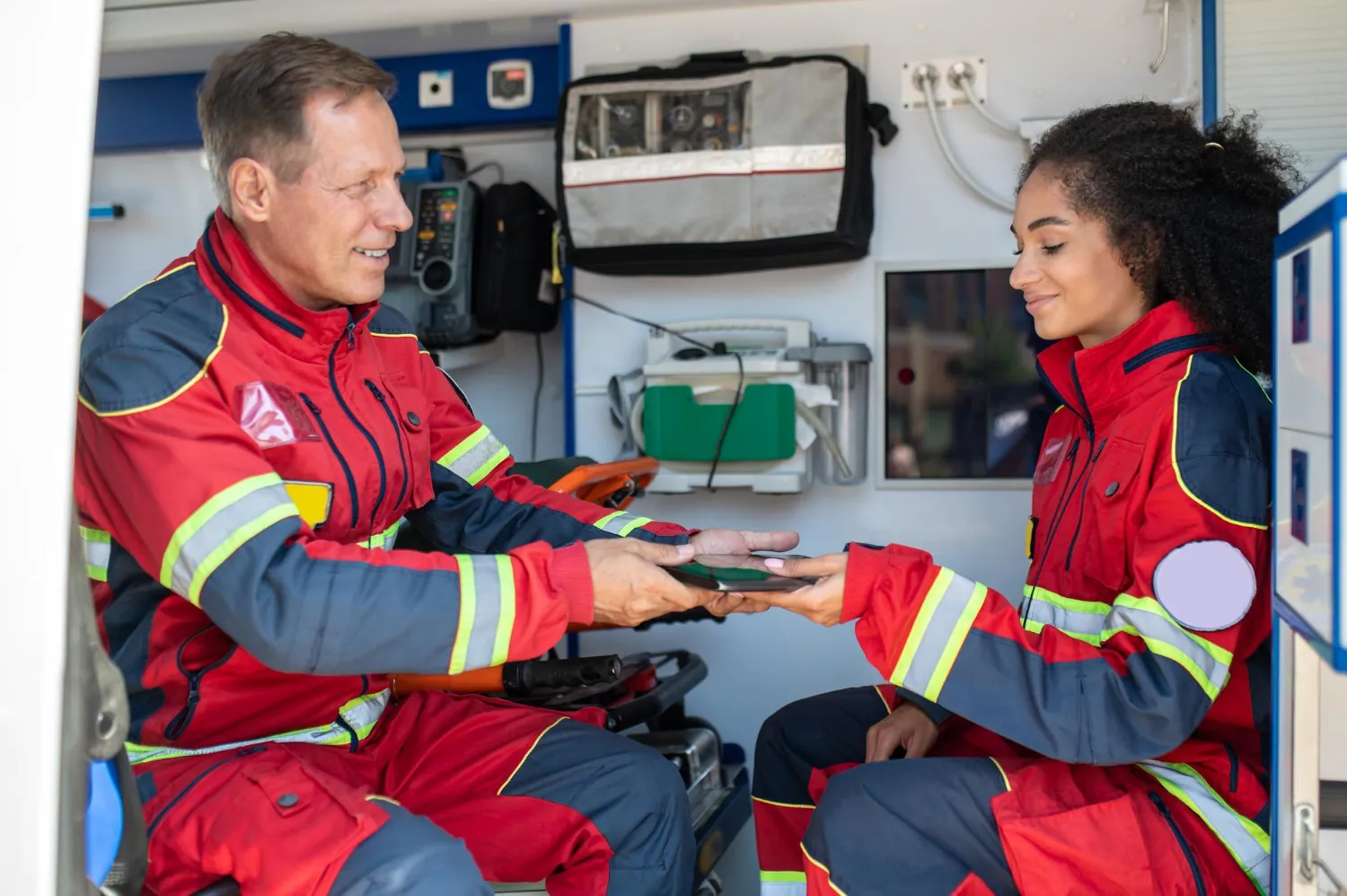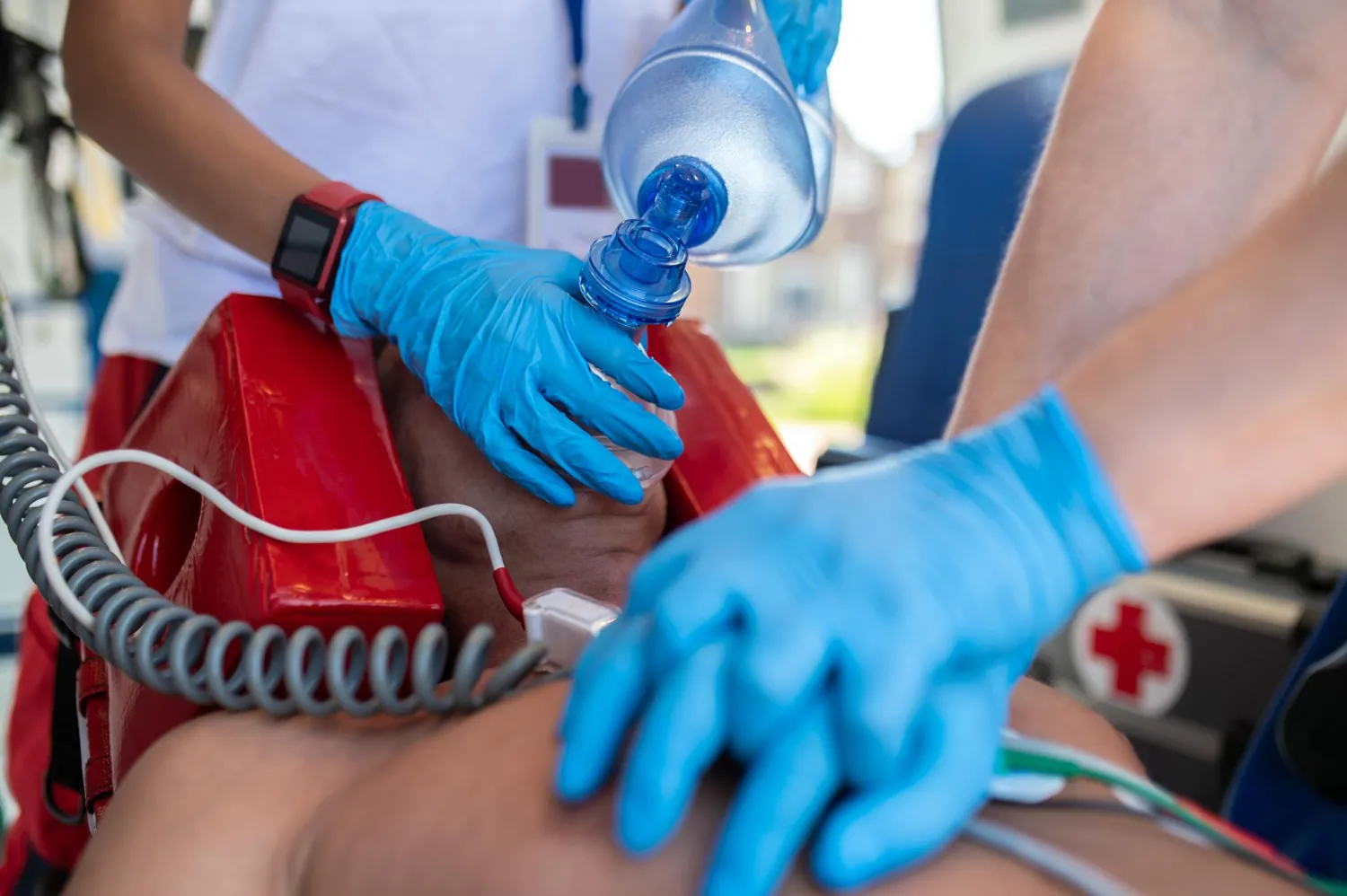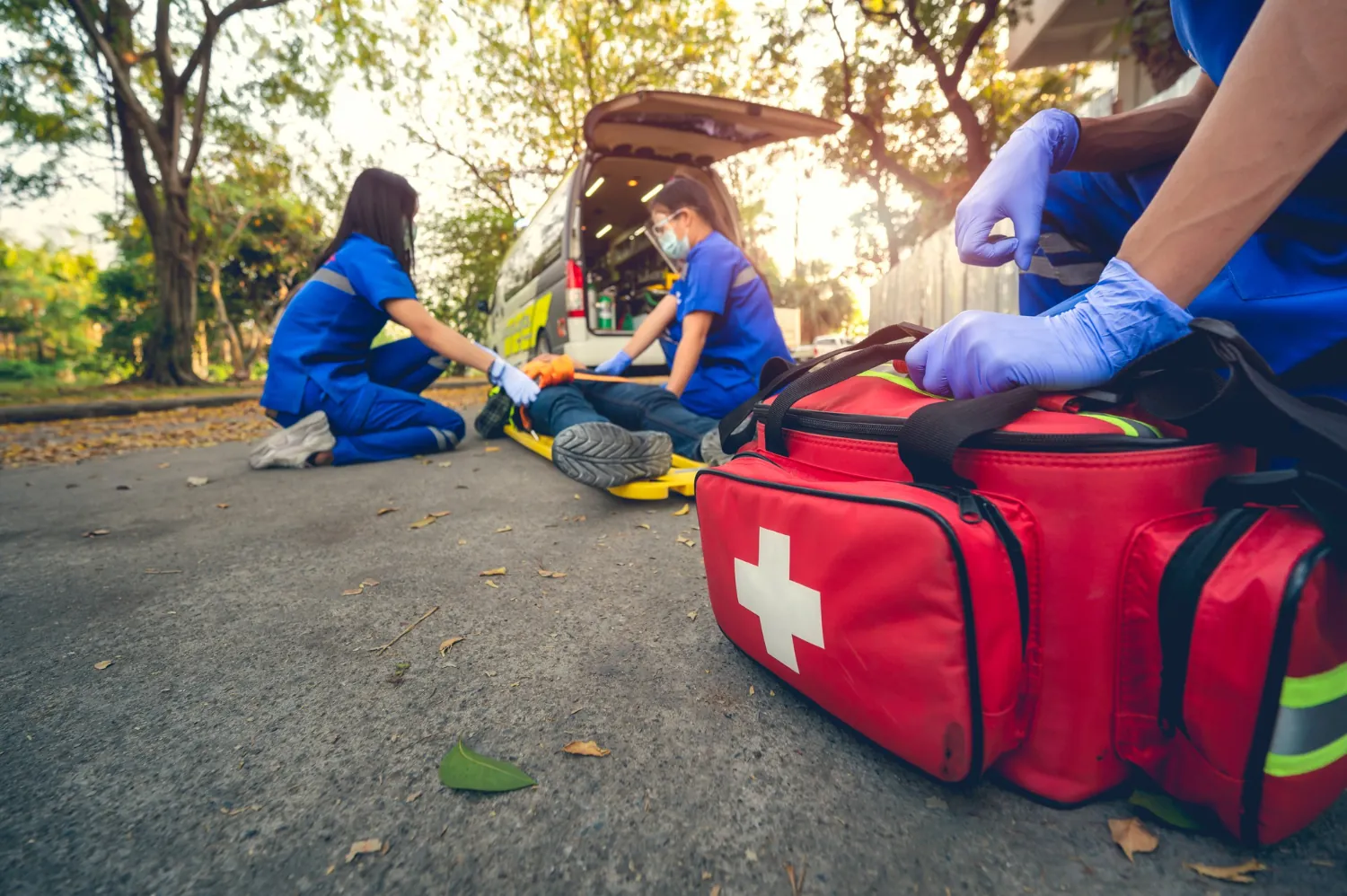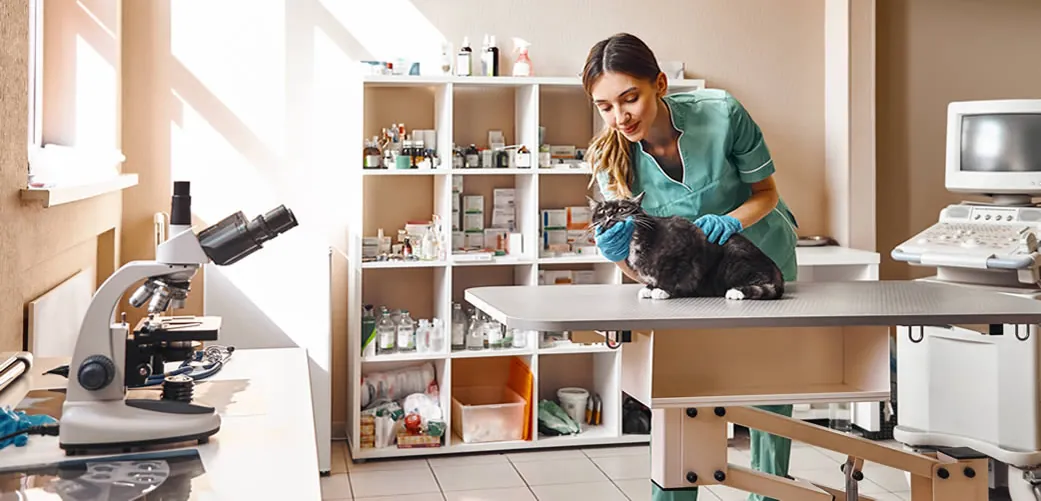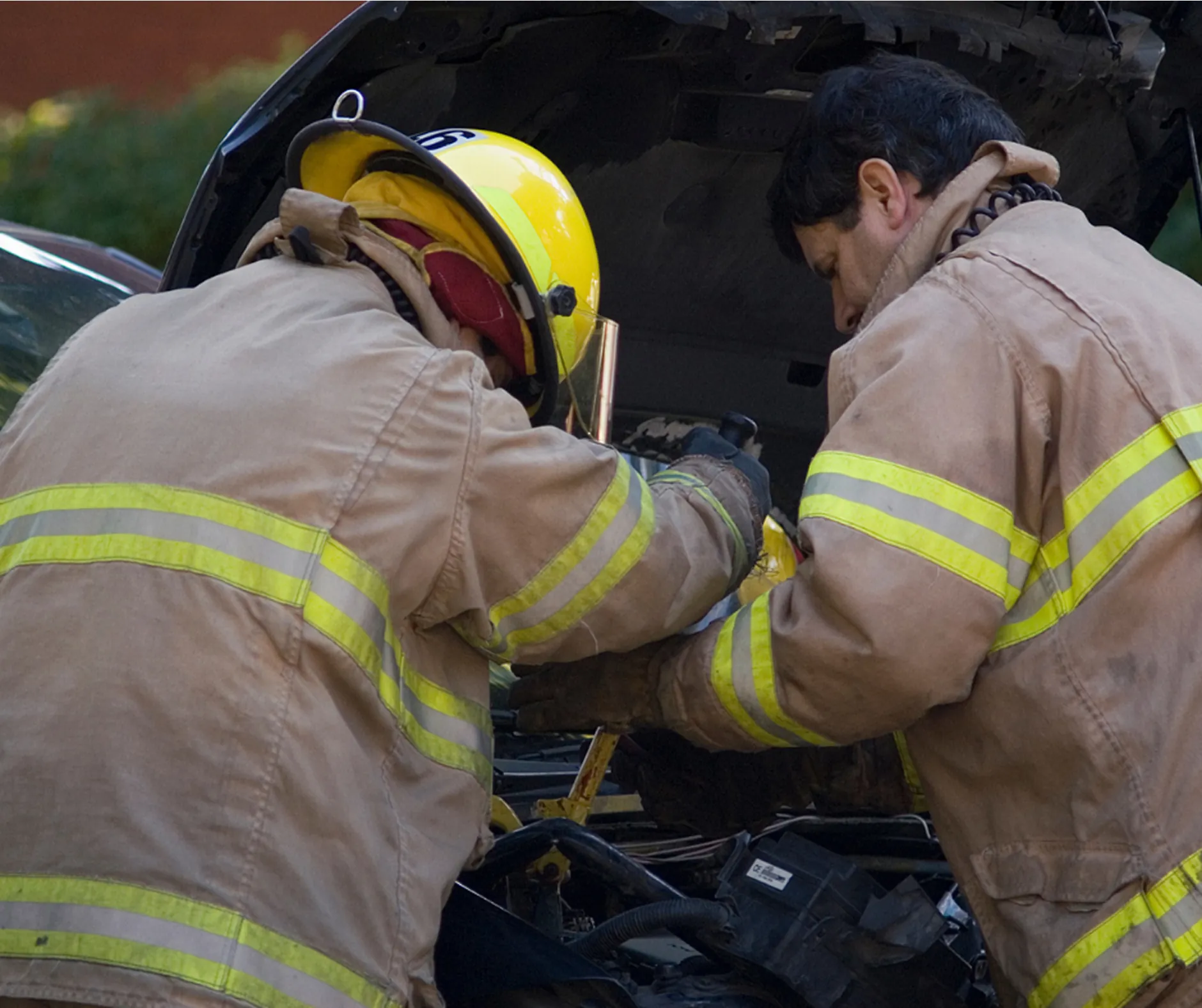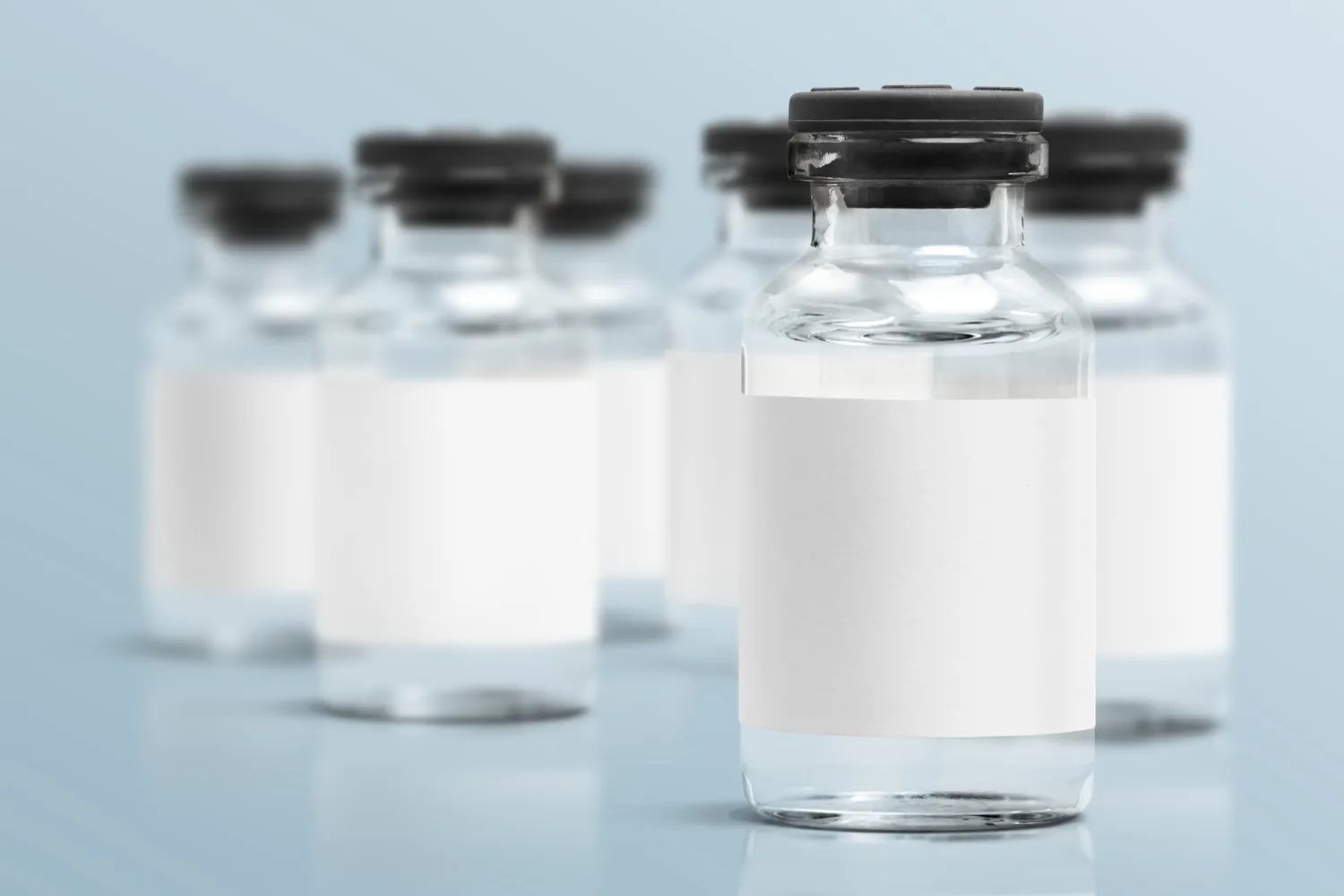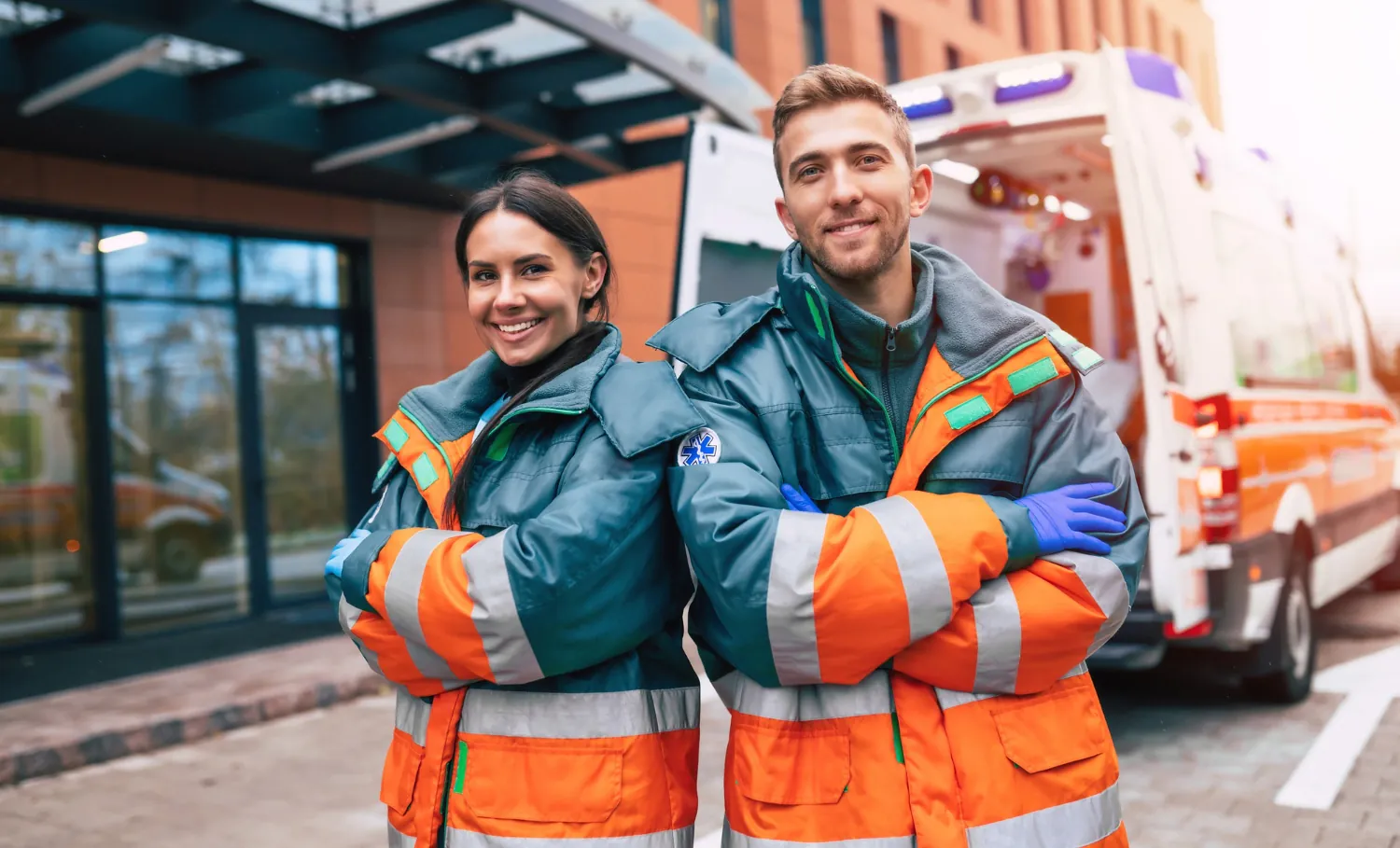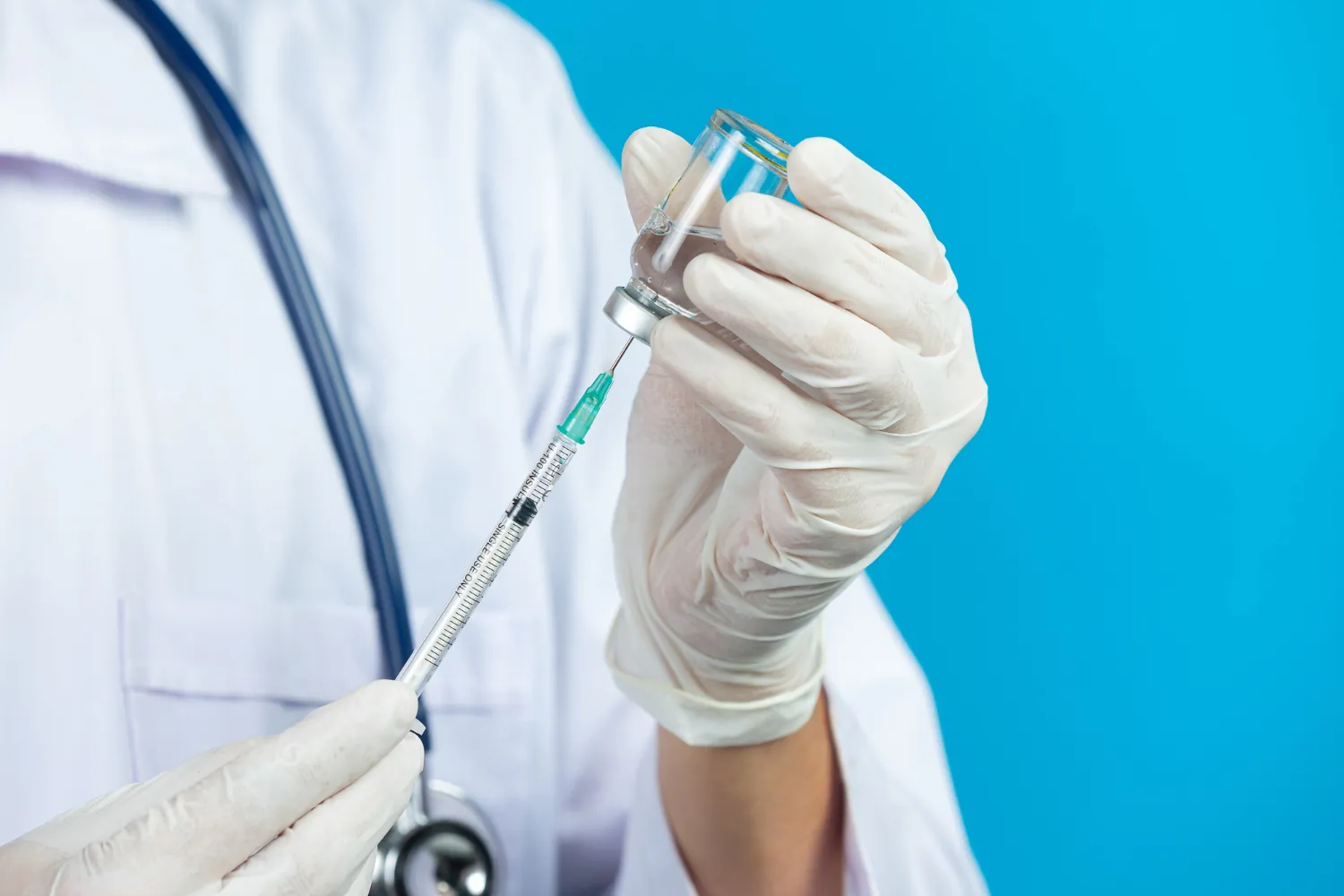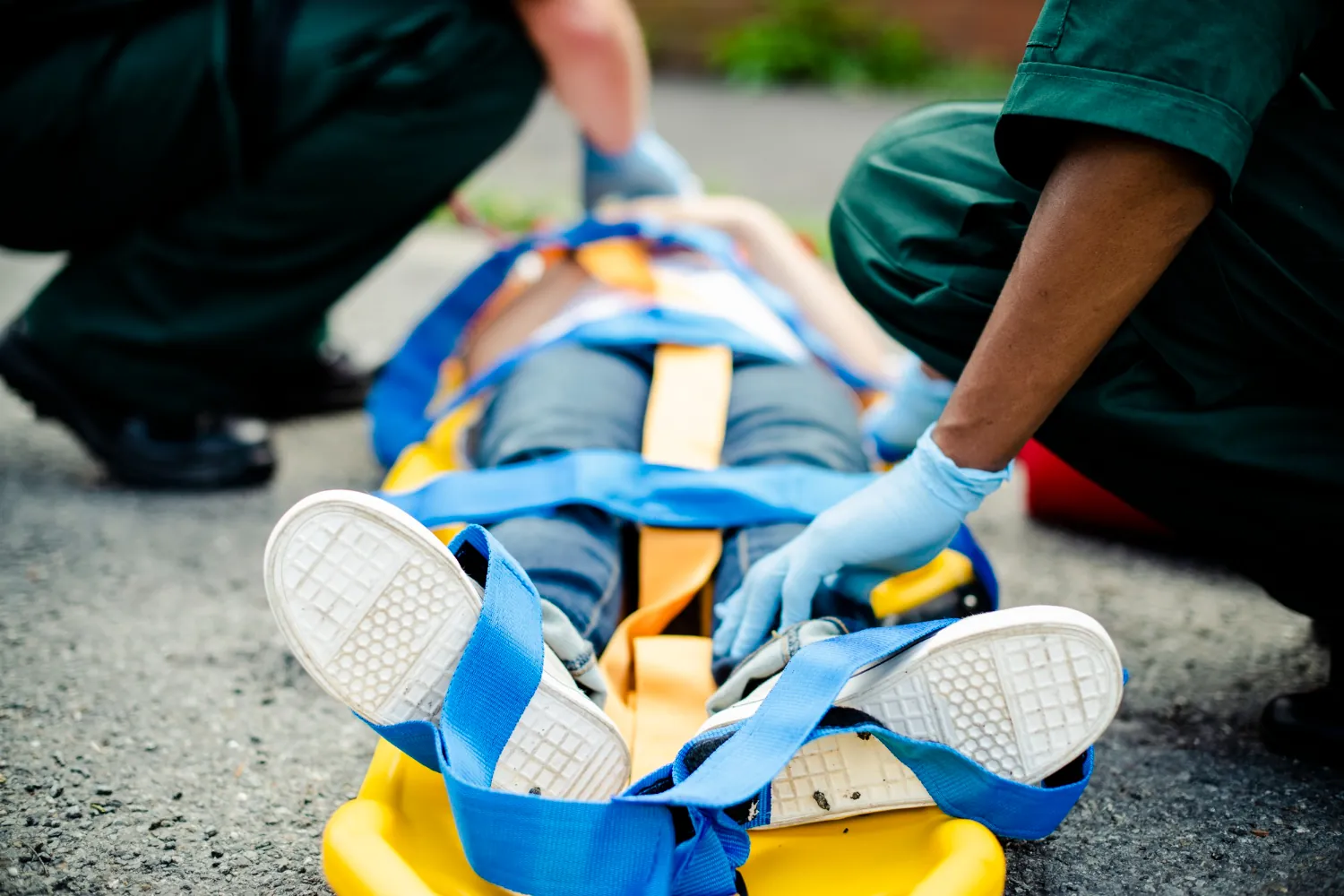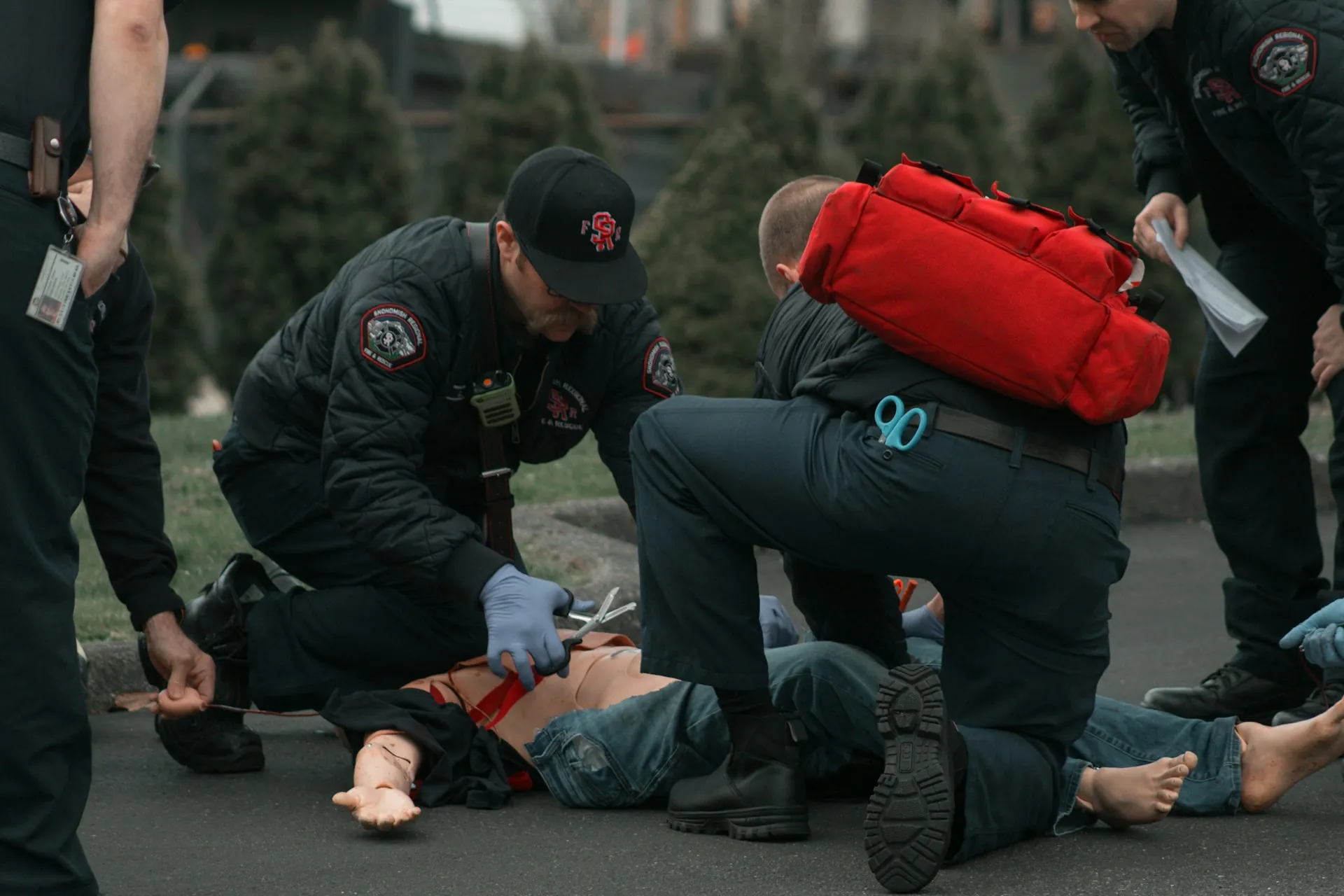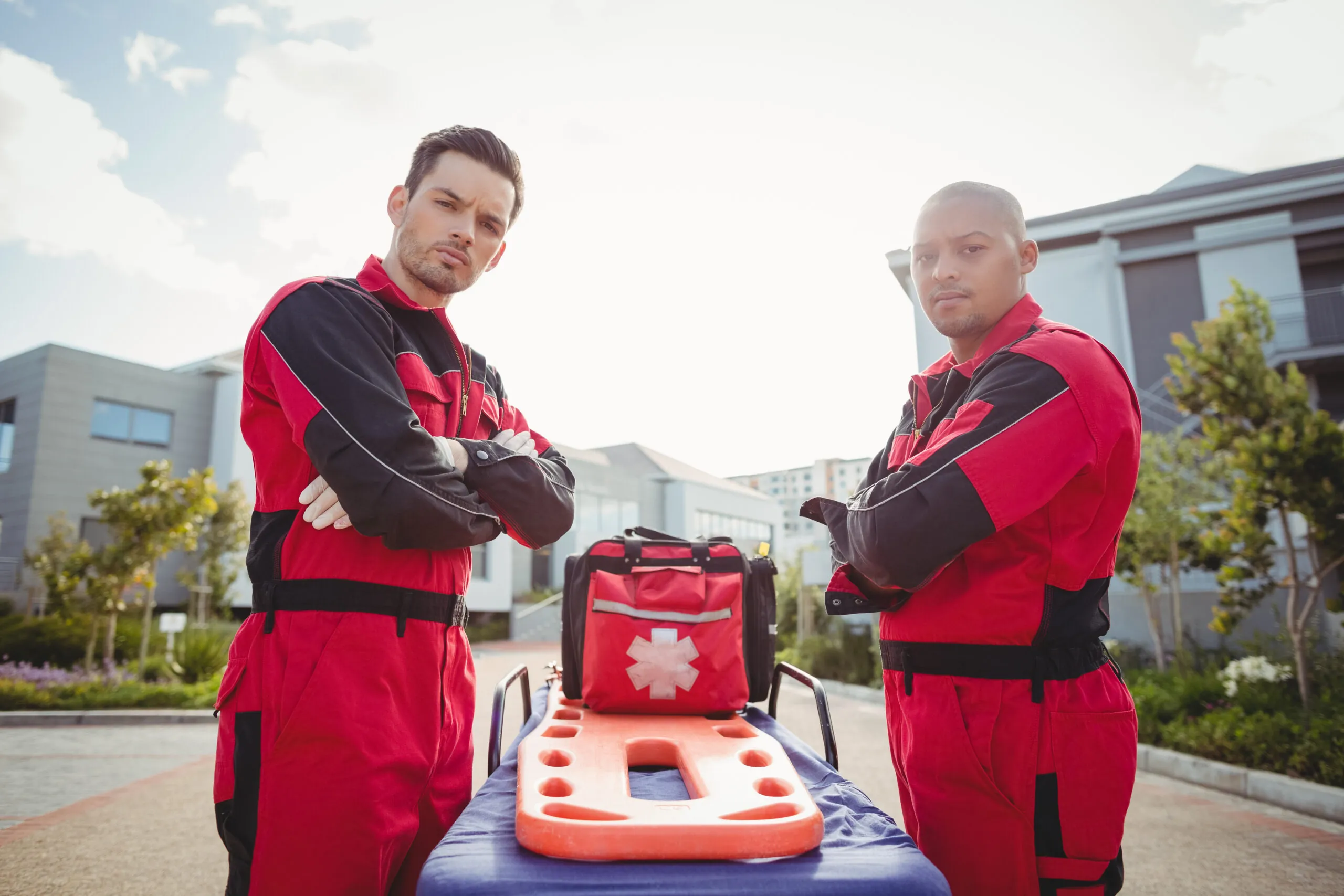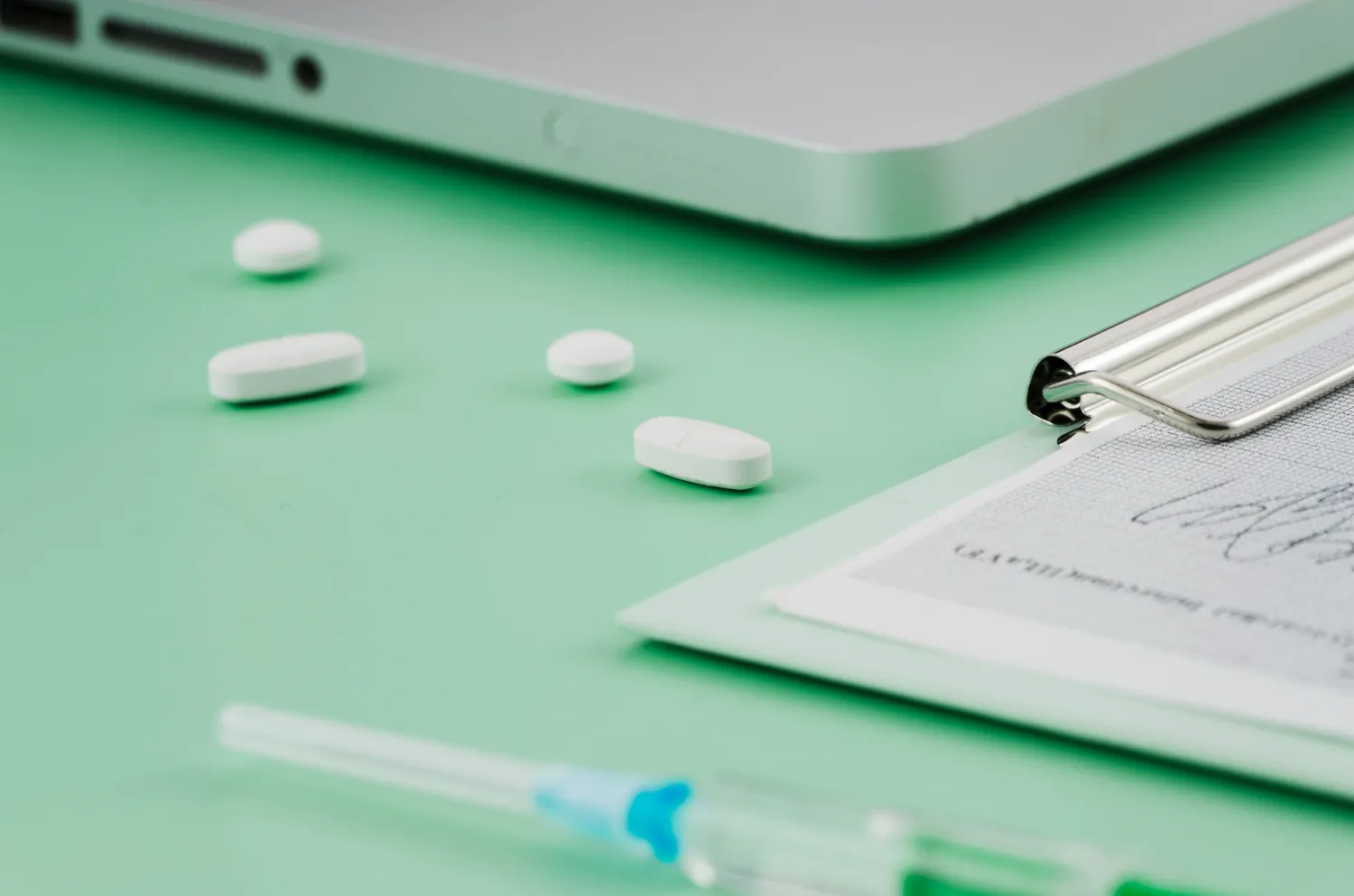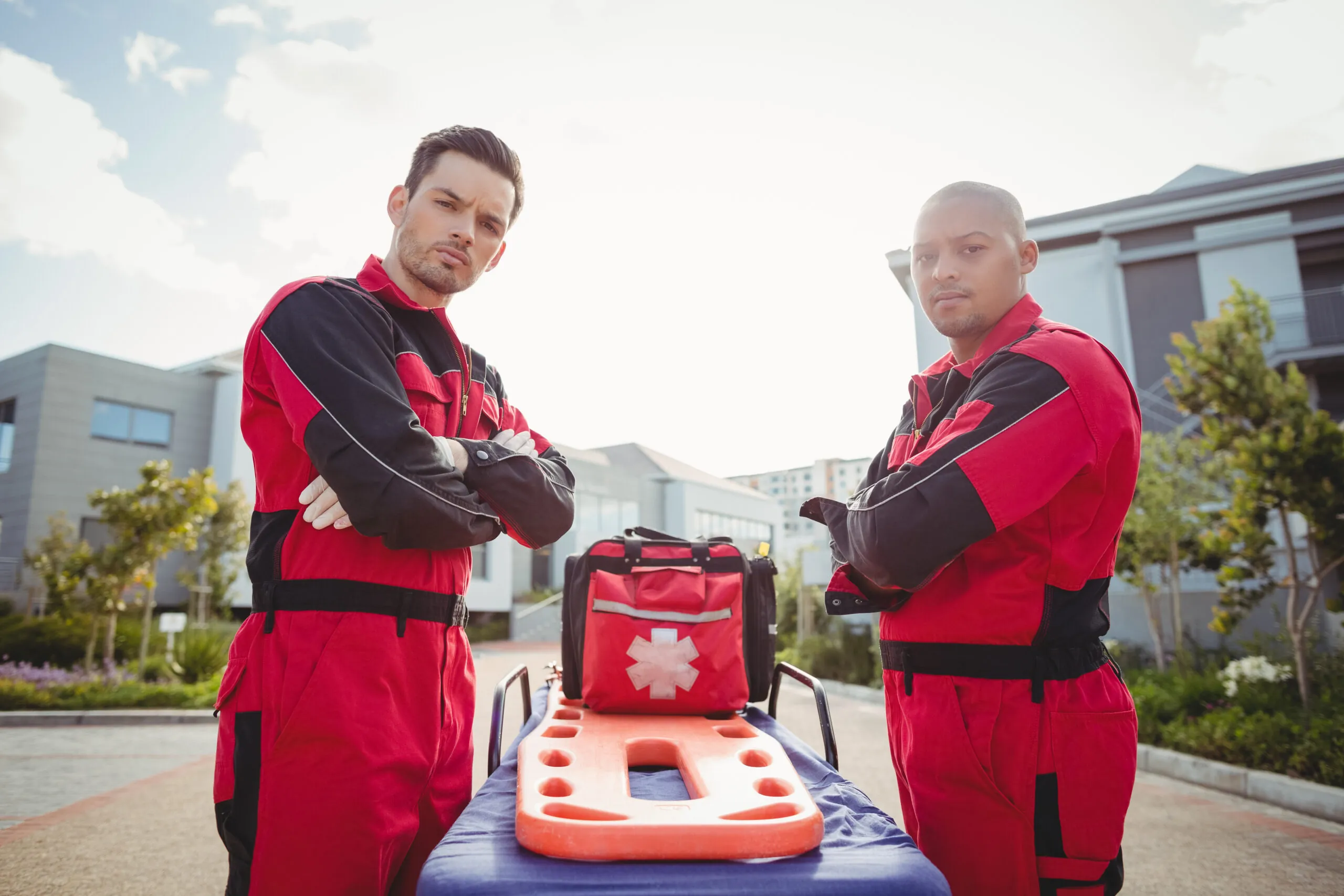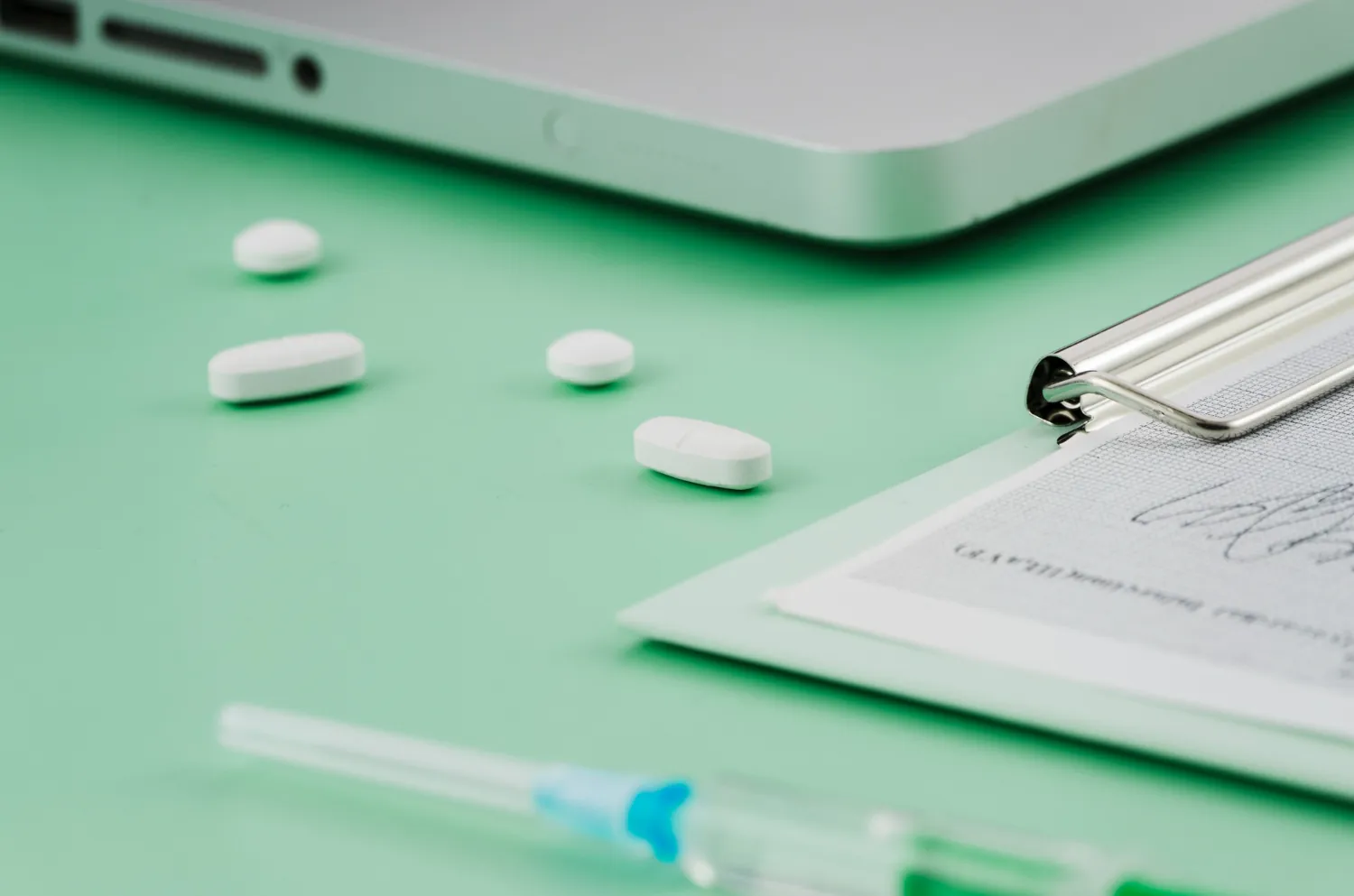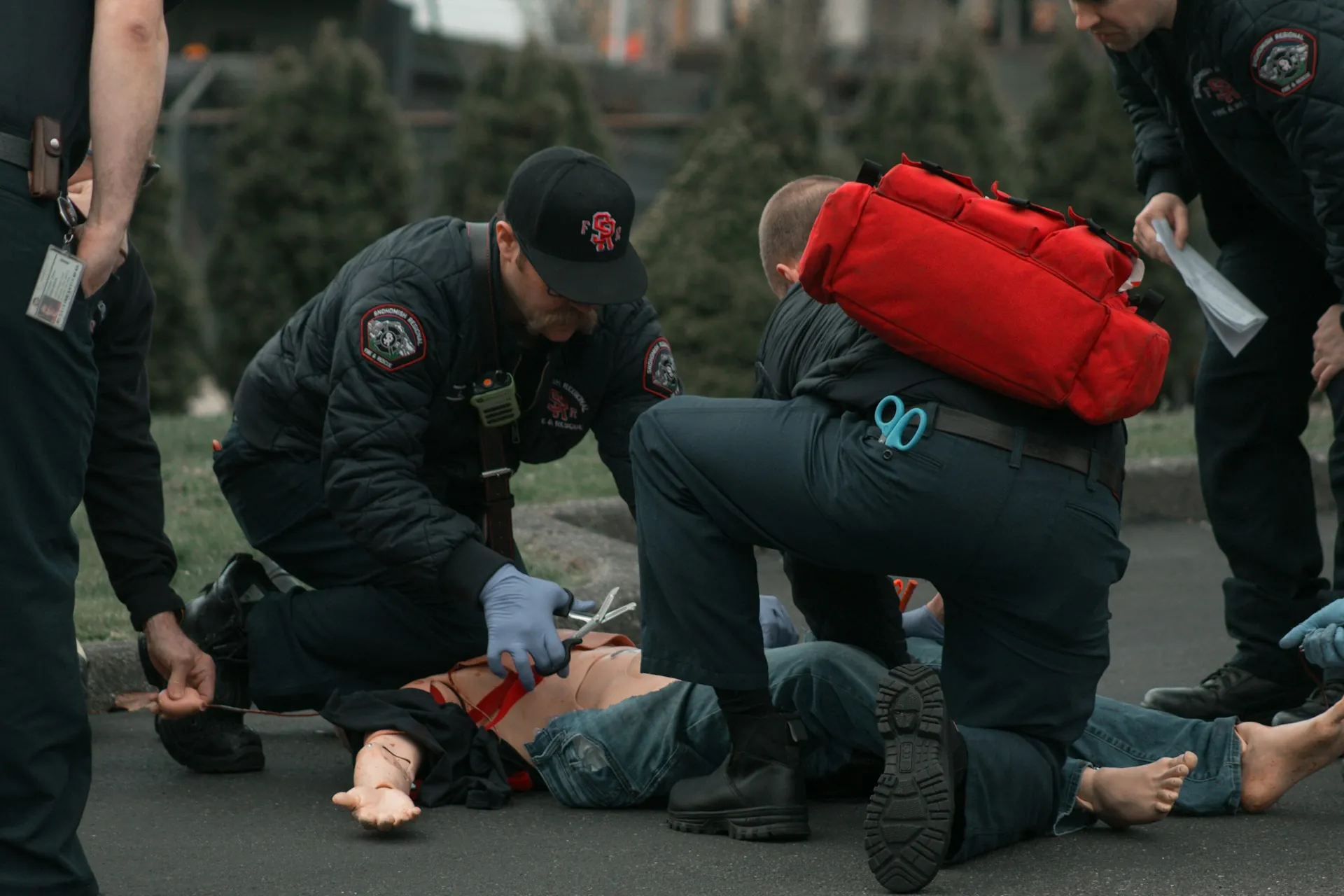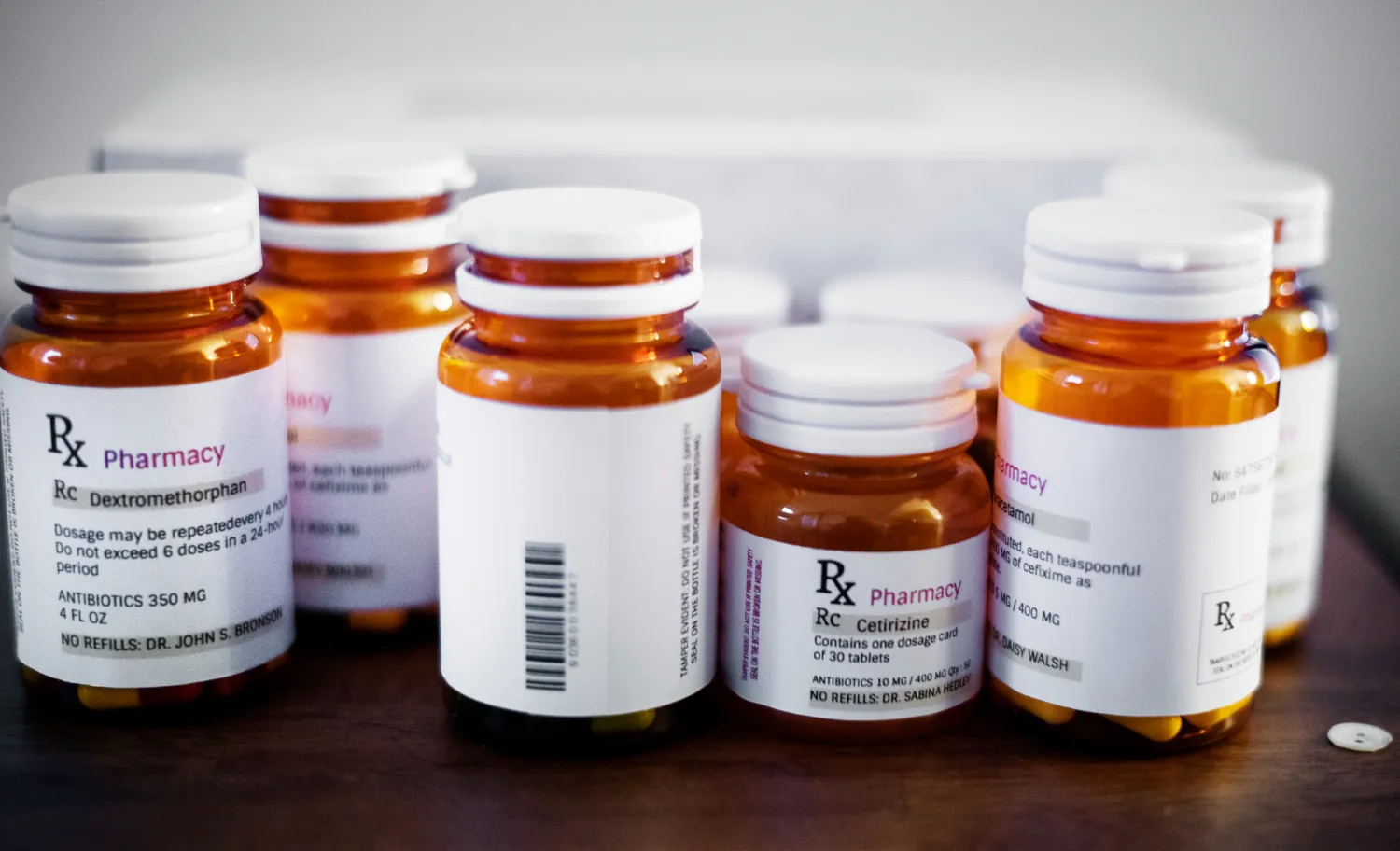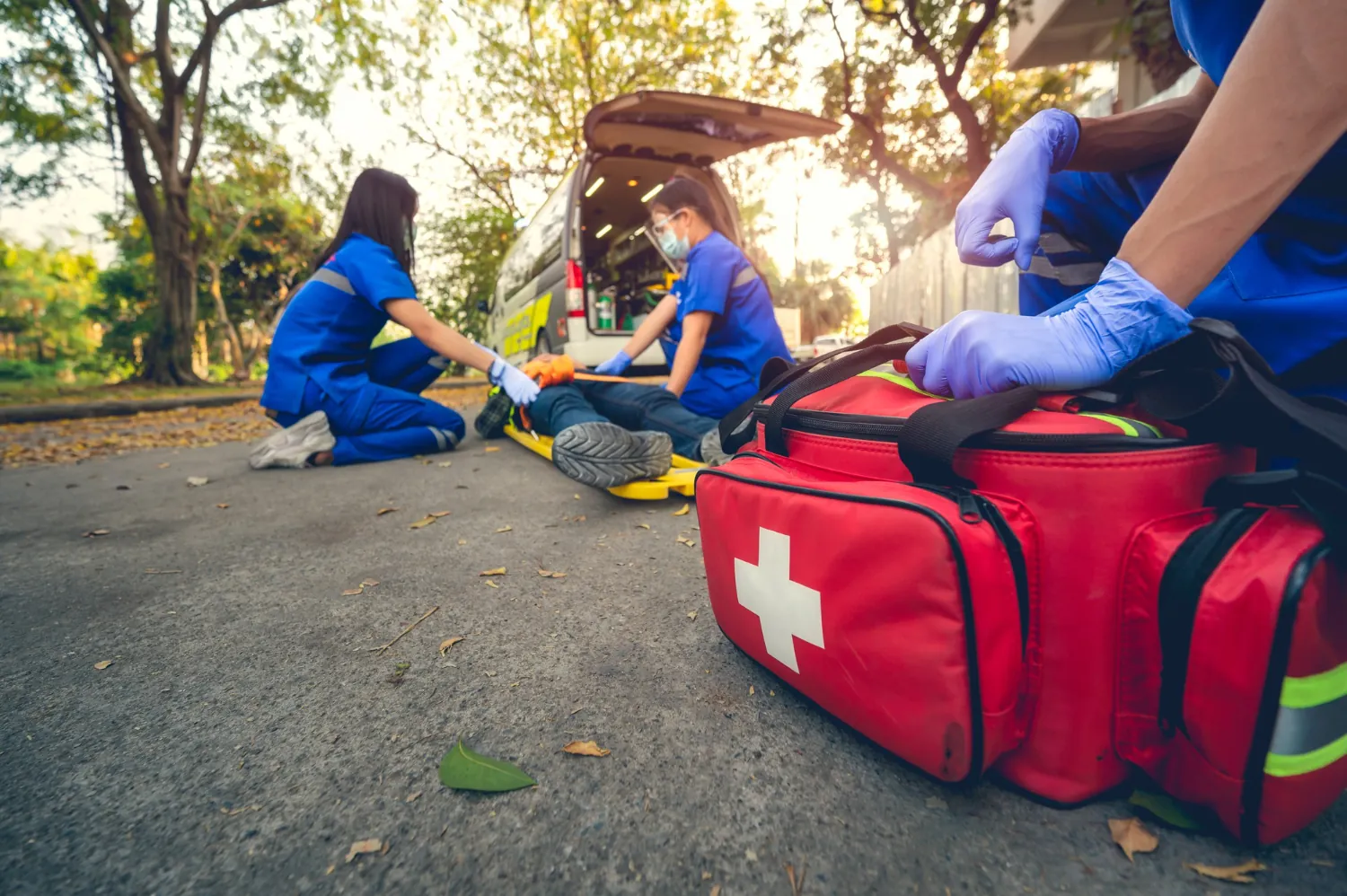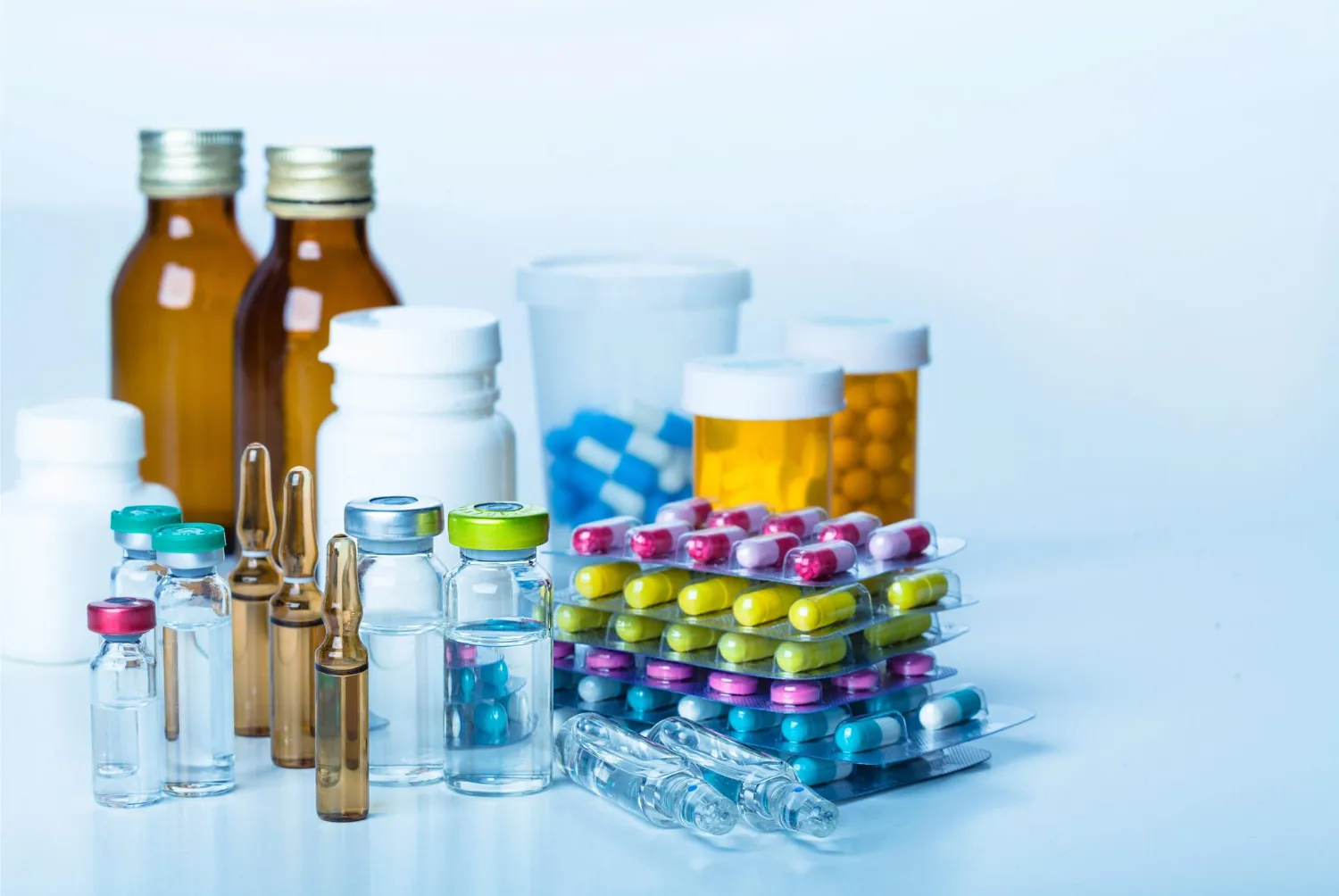When Every Second Counts, Your EMS Drug Bag Matters
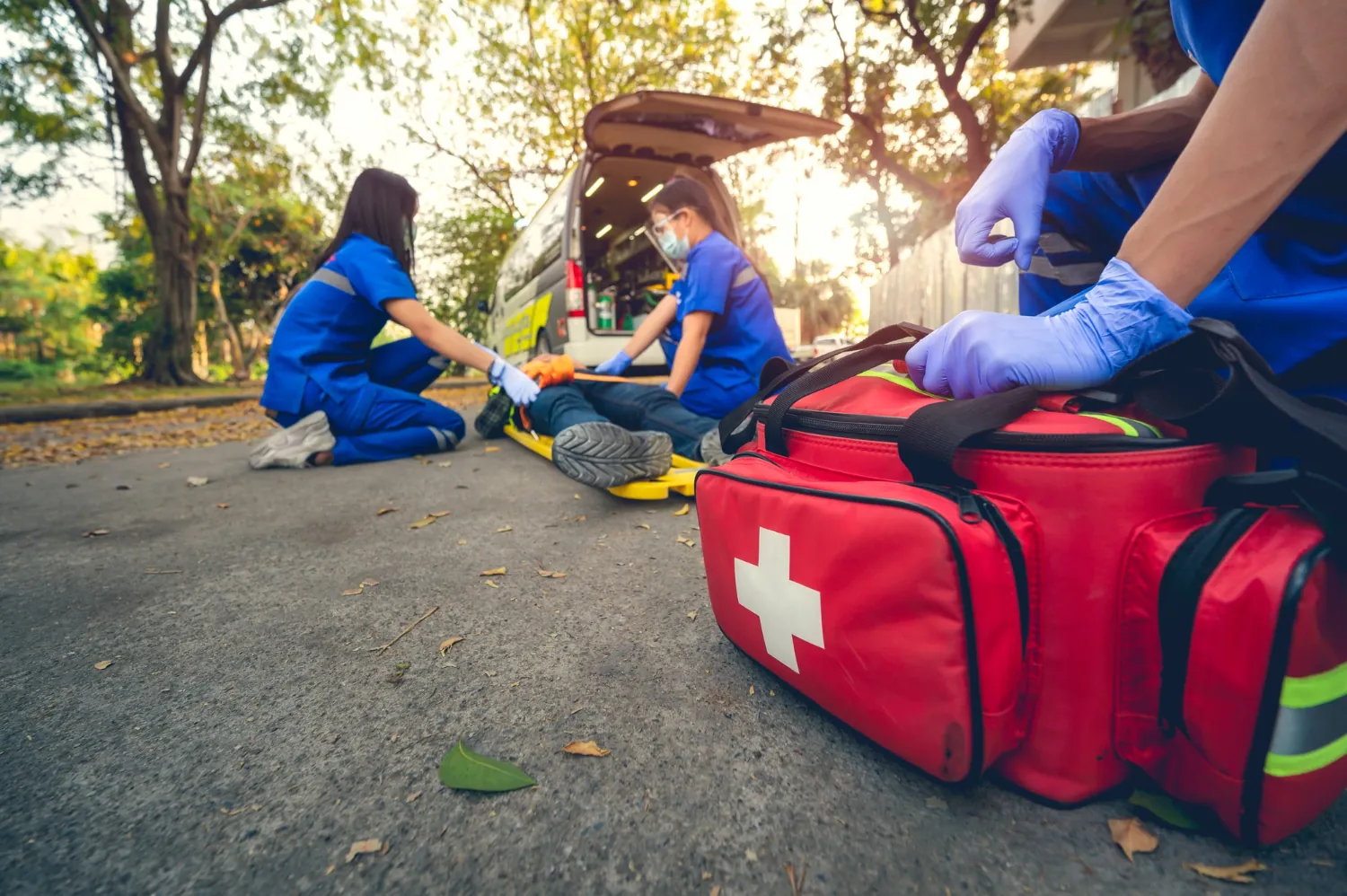
Your EMS drug bag is like your mobile medicine cabinet, and in emergencies, medical bags become literal lifelines. These carefully packed bags or pouches are more than just supply kits. They're tailored, regulated, and often lifesaving collections of medications and equipment designed to provide quick access to everything a responder needs to face a wide range of emergencies in the field.
Today, we're opening up the ambulance drug bag and taking a closer look. What medications are typically carried by EMS crews? How do protocols influence what goes into a paramedic drug pouch? Why is meticulous tracking essential for compliance and safety? Let’s unpack the contents of the drug bag.
Standard Contents of EMS Bags
Protocols and requirements for EMS bags may vary by region and medical director, but there’s a fairly universal group of medications and supplies most paramedics are trained to carry and administer to patients.
Drug bag medications are often carefully selected because they meet several criteria: they're versatile, rapid-acting, and offer a broad range of applications in a wide array of medical emergencies.
Today, let’s open up an EMS bag to see what’s commonly inside.
1. Cardiac Support Drugs
Cardiac care is at the “heart” of emergency response. Cardiac medications are essential in every EMS drug pouch, especially those used in resuscitation and advanced cardiac life support (ACLS).
- Epinephrine: A critical drug for cardiac arrest, anaphylaxis, and severe asthma.
- Atropine: Used for the symptoms of bradycardia.
- Adenosine: Slows the heart rate in cases of supraventricular tachycardia.
- Amiodarone or Lidocaine: Used for ventricular fibrillation or tachycardia.
2. Respiratory Agents
From asthma to COPD and allergic reactions, respiratory distress is a common reason for a 911 call. Helping patients breathe in an emergency is crucial. Common supportive medications include:
- Albuterol (via nebulizer or MDI): Bronchodilator for asthma and breathing problems.
- Ipratropium: Often combined with albuterol for a duo nebulizer treatment.
- Magnesium sulfate: Sometimes used for severe asthma attacks.
3. Narcotics and Controlled Substances
These DEA-scheduled drugs often go in a separate EMS narcotics pouch, usually stored in a lockable case with extra security and chain-of-custody tracking.
- Fentanyl: Fast-acting synthetic opioid used for pain management.
- Morphine: Longer-acting opioid for pain relief.
- Ketamine: Used for pain, sedation, or as a dissociative anesthetic.
Because these are controlled substances, they require precise tracking of every dose administered, wasted, or expired. These drugs are a major reason EMS agencies are moving toward digital logging solutions like LogRx.
4. Seizure and Sedation Medications
EMS providers often manage patients with seizures, extreme agitation, or the need for sedation. Many of these medications are also DEA-scheduled:
- Midazolam (Versed): Benzodiazepine used for seizures or sedation.
- Diazepam (Valium) or Lorazepam (Ativan): Sedative medications often used in similar situations, depending on practitioner or department preference.
5. Antihistamines and Anaphylaxis Medications
Allergic reactions are common EMS calls, and providers need quick-access tools to stop an attack in its tracks:
- Epinephrine auto-injectors (EpiPen): are vials used to thwart an allergic reaction.
- Diphenhydramine (Benadryl): Antihistamine used for moderate to severe reactions.
- Steroids: Methylprednisolone and other similar drugs are occasionally stocked depending on protocol.
6. Glucose & Diabetic Emergency Treatments
For diabetic patients in crisis, EMS crews are prepared with:
- Dextrose: 50% (D50) or D10--IV treatment for hypoglycemia.
- Glucagon: Intramuscular injection option if IV access is unavailable.
- Oral Glucose Gel: For conscious patients able to swallow.
7. Anti-Nausea Medications
- Ondansetron (Zofran): Given orally or via injection to treat or prevent nausea and vomiting, often a concern post-trauma or GI emergencies.
8. Other Supplies Commonly Found in a Paramedic Drug Bag
Naloxone (Narcan): Opioid overdose reversal agent that is standard in nearly all EMS kits today.
- Nitroglycerin: Used for chest pain from suspected angina or a myocardial infarction.
- Aspirin: Commonly administered for chest pain due to a suspected heart attack.
- Tranexamic Acid (TXA): Sometimes stocked for trauma-related bleeding, depending on system protocol.
Additionally, some EMS medication bags include medical supplies and tools for easy access on the go (units can also carry supply bags separately).
First responder bags may include first aid supplies. Search and rescue responders will likely have to carry their supplies in an EMS backpack or fanny pack. Most medic bags fit in medium-sized packs, such as duffel bags, to hold all the essential tools for response.
Who Decides What Goes in the Drug Bag?
While the contents of a paramedic drug bag can vary, they certainly aren’t random. Each bag is carefully curated by medical directors, often in alignment with national guidelines such as the National EMS Scope of Practice Model, state EMS protocols, and DEA requirements for controlled substances.
Some units opt for modular kits (e.g., pediatric drug pouches, first aid kits, trauma packs, or OB kits), while others prefer to stick to all-in-one bags. The specific design, brand, and compartmentalization of an EMS drug pouch may vary, but the emphasis remains the same: access, efficiency, and security, ensuring that first responders are always prepared.
Many units operate on standing orders, meaning paramedics can administer medications under protocol without direct physician approval. In these urgent situations, documentation and tracking become even more critical.
Common Challenges in Drug Bag Management
Even the most tightly managed EMS systems can face challenges in tracking their drug supplies. Some of the most common issues include:
- Medication shortages: National shortages force substitutions, adding complexity to tracking and protocols.
- Rotation & expiration: Medications have strict expiration dates and must be rotated and tracked to ensure that none expire in the field.
- Staff turnover: Training new employees on medication protocols and inventory systems can cause gaps.
- Diversion risk: Without a secure logging system, drug diversion (intentional or accidental) becomes harder to detect.
With so many moving parts, from shift changes to the wide range of emergency calls, EMS agencies are often turning toward digital solutions to keep tracking easy and accurate. Every medication dose in the field must be accounted for, especially narcotics and controlled substances.
But beyond regulatory reporting and compliance, it's important to track for inventory control, quality assurance, expiration, waste management, and above all, patient safety.
As the need for tracking has increased, more and more EMS agencies are moving away from the inconvenience of clipboard sheets, spreadsheets, and other paper logs to track medications. These outdated systems are prone to error, difficult to audit, and highly time-consuming. Any mistake can lead to serious consequences for patients, responders, and agencies.
Smarter, Safer Medication Tracking
The next time you zip open the main compartment of a paramedic drug pouch, consider everything that contributes to its effectiveness, from the protocols and training to the patients whose lives depend on the contents.
After each medication is used, it's crucial to know the story. Was it tracked? Was it disposed of properly? Is inventory replenished? Documentation provides a history, and the history protects providers, patients, and the integrity of the system.
Whether you’re managing a single ambulance or an entire fleet of responders, tracking EMS drug bags can be an easy job with tools like LogRx. Administration can maintain total visibility and oversight, streamlining operations while reducing the time spent on tracking and addressing accuracy concerns.
LogRx was built for first responders and EMS crews by those in the field. We understood that our system needed to be mobile-first so that responders can log medication use in real-time, right from handheld devices with convenient barcode scanning.
LogRx offers usage reports and secure digital records, allowing you to replace your paper and clipboard with confidence. Reach out today to learn how LogRx can help your EMS team stay compliant, accountable, and audit-ready.
Categories
Recent Posts
- LogRx and Knox: How LogRx Integrates with EMS Medication Lockboxes
- Connecting Community and EMS: 7 EMS Community Outreach Ideas
- Projecting Professionalism: Why EMS Uniforms Matter
- EMT Off-Duty Response: What You Should Carry Everywhere
- Basic EMT Trauma Assessment Scenarios: Gearing Up for Certification
